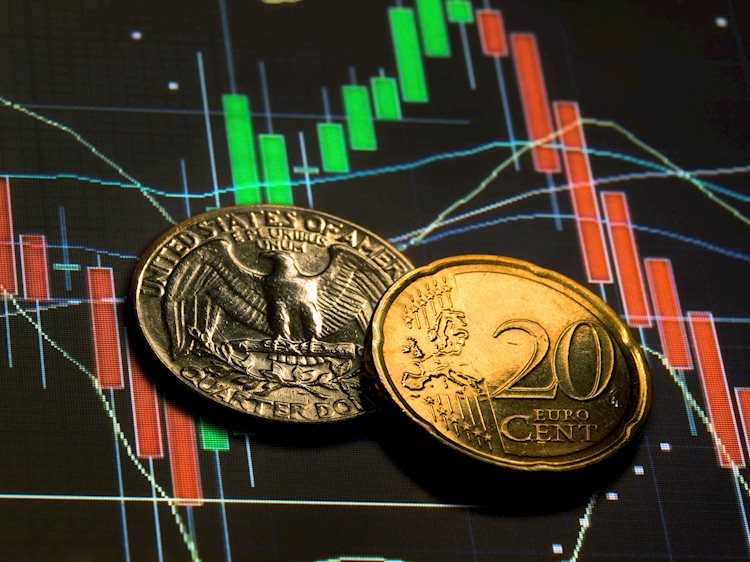- EUR/USD is trading weakly around 1.0765, despite the weakness in the US dollar.
- Futures traders expect the U.S. Federal Reserve to begin easing at its June meeting.
- Germany's HICP figure rose 2.3% year-on-year in March, the lowest level since June 2021.
EUR/USD remains slightly lower at around 1.0765 after rebounding from a multi-week low around 1.0720 on Wednesday. The drop in the US dollar index (DXY) below the 105.00 mark provided some support to the major currency pairs. However, weak German inflation data released on Tuesday prompted speculation that the European Central Bank (ECB) would cut interest rates, weighing on the euro. Investors are waiting for the latest March Eurozone inflation statistics and US ISM Services PMI for fresh stimulus.
Dovish comments from a number of Federal Reserve officials have weighed on the dollar. Cleveland Fed President Loretta Mester on Tuesday said she expected a rate cut before the end of the year, but ruled out the next policy meeting in May. Meanwhile, San Francisco Fed President Mary Daly said she thinks three rate cuts in 2024 are “reasonable,” but she needs more convincing evidence to support that. Futures traders expect the U.S. Federal Reserve to begin easing at its June meeting and cut interest rates by three-quarters of a percentage point by the end of the year.
Germany's inflation rate eased slightly more than expected in March, hitting its lowest level in nearly three years, Germany's statistics agency Destatis said on Tuesday. The preliminary German Harmonized Index of Consumer Prices (HICP) rose 0.6% month-on-month in March, slightly below the expected 0.7% month-on-month rise. HICP's year-over-year increase was 2.3%, below the market consensus of 2.4%. Slowing inflation means Germany is moving closer to the European Central Bank's (ECB) target of 2%, raising market expectations that a rate cut is imminent. This puts some selling pressure on the euro (EUR) and creates a headwind for the EUR/USD pair.

